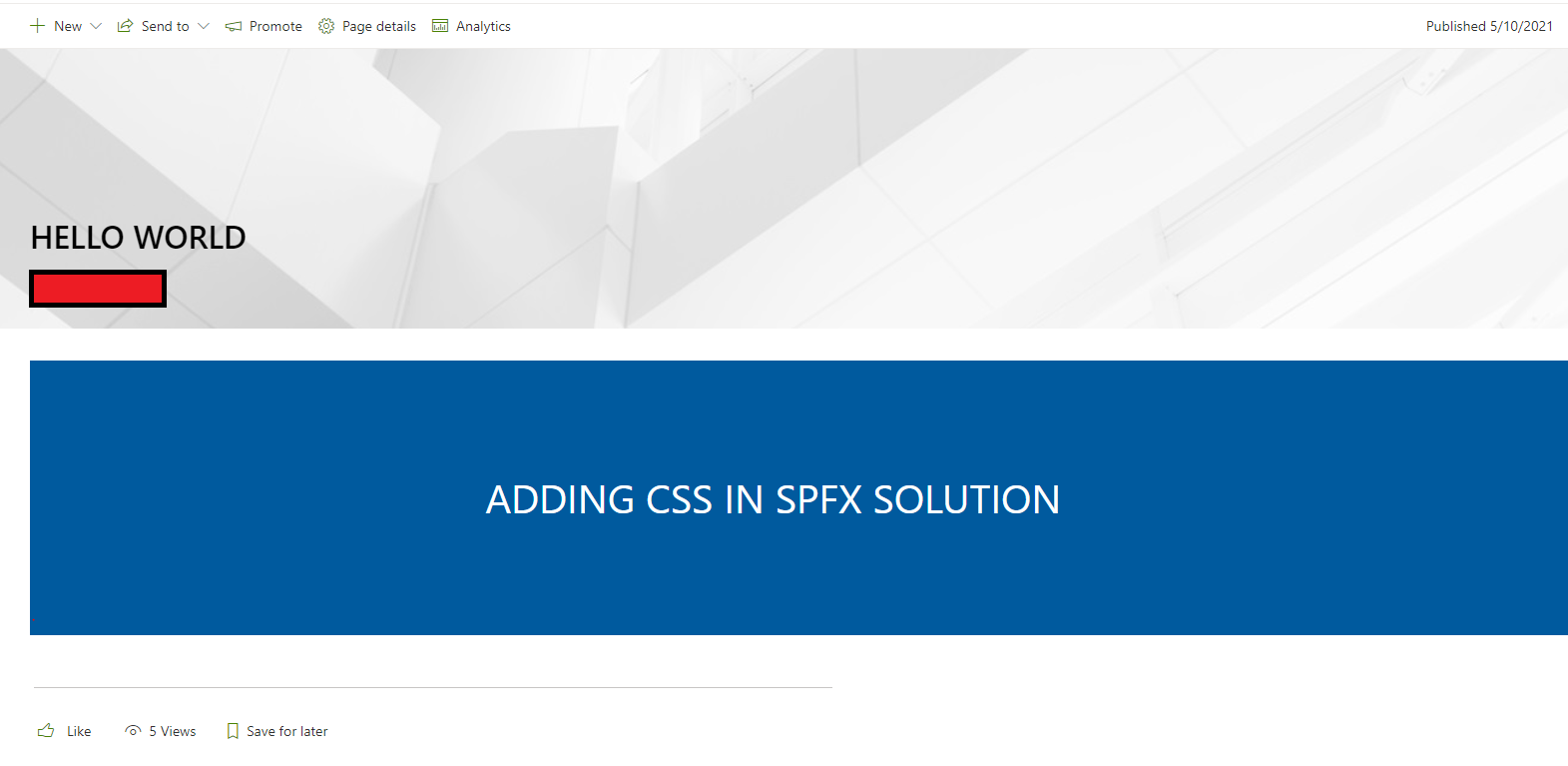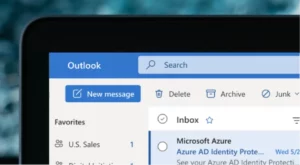CSS helps you to keep the informational content of a document separate from the details of how to display it. The details of how to display the document are known as its style. You keep the style separate from the content so that you can:
- Avoid duplication of common styling.
- Make maintenance easier.
- Use the same content with different styles for different purposes.
You use HTML to describe the content of the document, not its style; you use CSS to specify its style, not its content. There are exceptions to this rule, of course, and HTML also provides some ways to specify style. For example, in HTML you can use a <b> tag to make text bold, and you can specify the background color of a page in its <body> tag. When you use CSS, you normally avoid using these HTML style features so that all your document’s style information is in one place.









